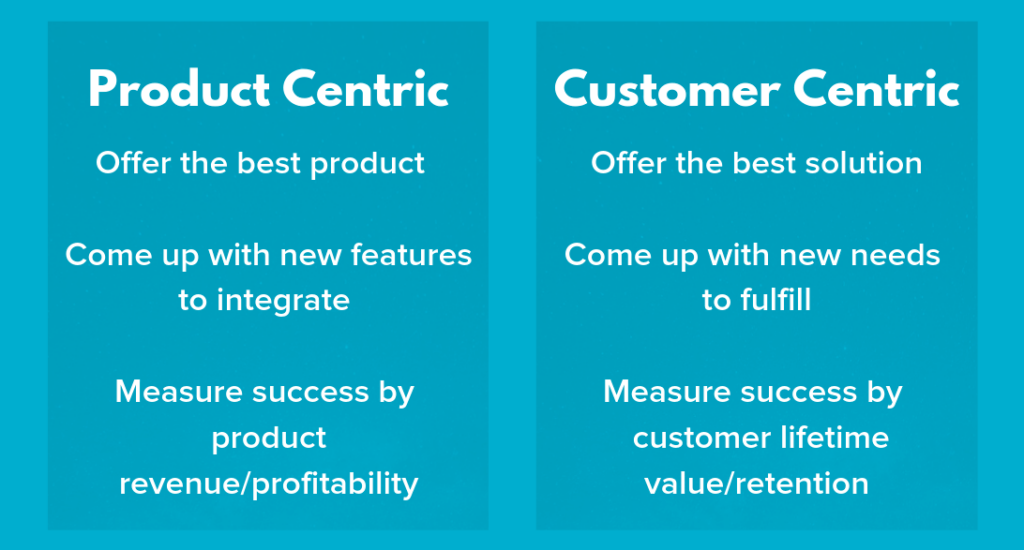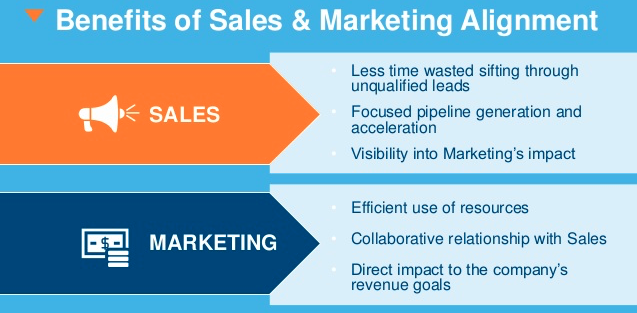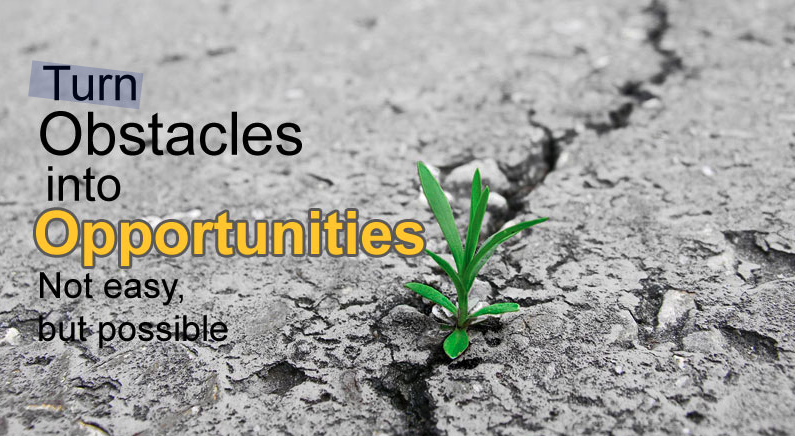In the ever-evolving landscape of sales, the quest for innovative strategies and frameworks is relentless. One such exploration led me to the thought-provoking insights of “The Challenger Customer,” an audiobook that delves into the intricacies of modern sales, customer dynamics, and the transformative power of adopting a Challenger mindset. As I navigate through the rich content of the book, I find myself compelled to reflect on the lessons learned, the paradigm shifts proposed, and the actionable steps that can be harnessed for personal and professional growth.

1. The Challenger Mindset: Embracing Disruption
At the heart of “The Challenger Customer” lies the revolutionary concept of the Challenger mindset. It challenges the conventional belief that sellers should adapt to the customer’s buying journey passively. Instead, it advocates for sellers to become Challengers within the customer organization, guiding and shaping the purchase process. This resonates deeply with the idea that true leadership involves initiating change rather than merely reacting.

The Challenger mindset invites us to disrupt the status quo, challenging not only the customers’ perspectives but also our own preconceived notions about the sales process. It’s a call to action for sales professionals to become architects of change, influencing and steering the customer toward a more informed and strategic decision-making process.
2. Shifting from Supplier to Solution: A Customer-Centric Approach
A significant revelation from the book is the shift in focus from suppliers struggling to sell solutions to customers struggling to buy them. This reversal of perspective is transformative. It compels us to step into the shoes of our customers, understand their challenges, and align our efforts to provide not just a product or service but a comprehensive solution that addresses their specific needs.

In my professional journey, this shift in mindset prompts me to reevaluate how I position offerings. Am I merely selling a product, or am I genuinely providing a solution that adds value to the customer’s unique situation? This customer-centric approach aligns seamlessly with the Challenger mindset, emphasizing the importance of understanding, empathizing, and collaborating with customers to achieve mutually beneficial outcomes.
3. Implications of Commercial Model Shift: Navigating the Challenges
The book introduces a profound shift in the commercial model, emphasizing the need for a new go-to-market strategy, collaboration between sales and marketing, and a time investment for successful coordination. While these implications are undeniably promising, they also present challenges.

Implementing a new strategy requires a willingness to embrace change, both at an individual and organizational level. It demands a departure from traditional demand generation practices, a reevaluation of marketing talent, and a commitment to social selling that goes beyond mere broadcasting. As I contemplate these challenges, I am reminded of the age-old adage: “With great challenges come great opportunities.”
4. Mobilizing Demand: Quality Over Quantity
The book advocates for mobilizing demand rather than adhering to traditional demand-generation practices. This implies a strategic shift from focusing on “ready to buy” leads to actively shaping demand and creating high-quality leads. The emphasis on quality over quantity is a paradigm shift that I believe holds the key to sustainable success in sales.

As I plan to implement this approach in my professional journey, I am excited about the prospect of nurturing leads for commercial insight and collective learning. It aligns with the philosophy that an informed and engaged customer is more likely to make decisions that lead to successful, long-term partnerships.
5. Social Selling: Beyond Broadcasting
The role of social selling is underscored as a critical aspect of the Challenger mindset. It transcends the traditional view of social media as a broadcasting tool and positions it as a platform for challenging Mobilizer mental models. Successful sales representatives are portrayed as key influencers within social networks, engaging potential customers, sharing valuable viewpoints, and actively participating in online communities.
This perspective on social selling aligns seamlessly with the evolving nature of digital communication. It encourages a more nuanced and personalized approach, where sales professionals become thought leaders, contributing meaningfully to the conversations within their industry.
6. Managing Blockers: Turning Obstacles into Opportunities
The concept of “Blockers” in the sales process is addressed with a pragmatic approach. These stakeholders, often hindering deal closure, are not to be ignored but actively managed. The strategy of collective learning, where objections and uncertainties are explored among stakeholders, emerges as a powerful tool.

In my professional toolkit, I foresee leveraging this strategy to turn obstacles into opportunities. Instead of viewing Blockers as roadblocks, I will approach them as valuable sources of information. Engaging in tailored dialogue and persuasion strategies, and, when necessary, making targeted concessions, aligns with the Challenger mindset’s resilience and adaptability.
7. Sales Process and Opportunity Planning: A Unified Approach
The book advocates for a fundamental shift in the sales process. It urges organizations to support the customer’s purchase process, emphasizing buyer signals over seller actions. The traditional linear belief that seller actions naturally lead to a sale is replaced with a unified approach that aligns sales enablement tools with buyer actions throughout the customer’s journey.
This shift resonates deeply with the essence of customer-centricity. It prompts me to reflect on how well my current sales process aligns with the customer’s journey and whether my opportunity planning is centered on enabling the right customer purchase behaviors.
8. Forecasting Based on Verifiers: The Accuracy Advantage
A compelling insight from the book is the emphasis on tracking customer verifiers for more accurate forecasting. Shifting the focus from sales activities to customer actions provides a more informed understanding of where customers stand in their decision-making process.

As I contemplate this, I recognize the inherent value in understanding not just what sales activities have occurred but, more importantly, which customer actions have taken place. This shift in perspective promises a 70% improvement in forecast accuracy, a statistic that underscores the power of customer-driven insights.
9. Customer Verifiers: Guiding the Purchase Journey
The concept of customer verifiers introduces a structured approach to understanding the customer’s purchase journey. It outlines a five-stage process with sample verifiers, emphasizing the importance of clear, binary, and customer-driven indicators.
This concept prompts me to consider how well I am guiding customers through each stage of their purchase journey. Are the verifiers I’m tracking truly indicative of customer commitment and progress, or are they merely mirroring traditional sales activities?
10. Opportunity Planning: Aligning with the Sales Process
The book highlights the importance of opportunity planning to align with the sales process. It emphasizes the need for consistency, smart principles, and a seamless integration of the “what” (sales process) and “how” (opportunity plan).
As I integrate these principles into my own approach, I recognize the significance of incorporating forward-looking questions into my opportunity planning. Each phase should encourage critical thinking, prompt sellers to assess how to achieve the next customer verifier and move beyond a mere information-gathering exercise.
Conclusion: A Journey Towards Sales Excellence
In conclusion, “The Challenger Customer” is not just a book; it’s a roadmap for those seeking excellence in sales. With its disruptive force and customer-centric focus, the Challenger mindset emerges as a beacon guiding us through the intricacies of modern sales dynamics.
As I embark on the journey of implementing these insights into my professional life, I anticipate challenges, adaptations, and a continuous process of learning. The shift from supplier to solution, the emphasis on mobilizing demand, and the strategic use of social selling are not just concepts but actionable strategies that hold the promise of transforming sales from a transactional endeavor to a collaborative and value-driven partnership.

The Challenger mindset challenges us to be architects of change, influencers in the customer’s journey, and resilient problem-solvers in the face of obstacles. In this transformative journey, I am not just a reader; I am a Challenger, armed with insights and ready to reshape the future of sales.
BlessUP 🙏
Umair

